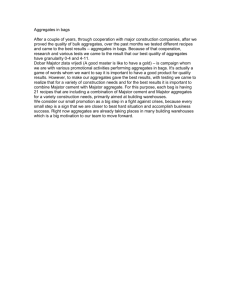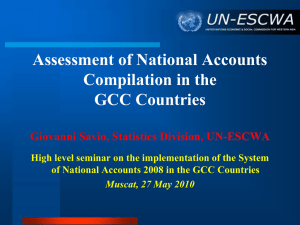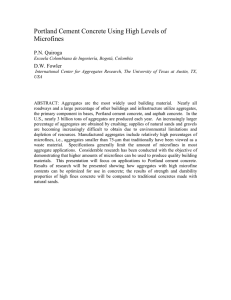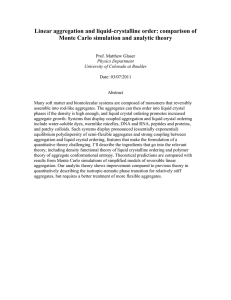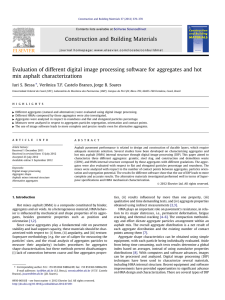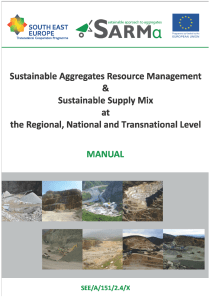General Challenges and Drawbacks
advertisement
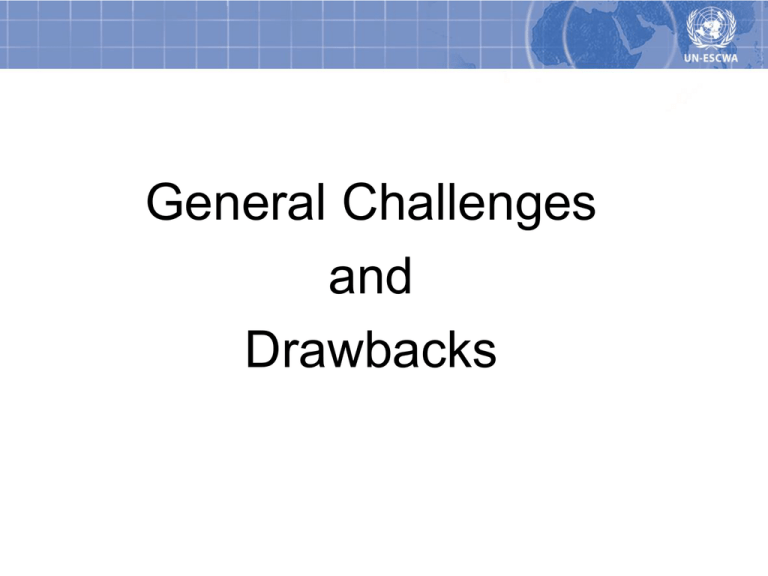
General Challenges and Drawbacks Incomplete Coverage • The incomplete coverage of the accounts in most member countries, which in most cases is the result of the lack of exhaustivity of the accounts themselves. • In many cases, economic activities carried out in the establishments outside the list frame are not covered in the regular economic surveys carried by NSOs. This lack of coverage does not only relate to the informal household units, but also extends to formal activities not adequately captured by the traditional statistical survey instruments. • The lack of recurrent statistical data covering all economic activities in all sectors; • The lack of updated business registers. Volume Data • Constant price estimates of the production-side aggregates are mostly based on the use of the consumer price index; (Due to the absence of a system of producer and wholesale prices, or quantity indices of output) • The expenditure- and income-side aggregates at constant prices are mostly not compiled; • The evaluation at current prices is also weak, given the absence of information on key aggregates, such as changes in inventories and the operating surplus and/or mixed income; Conceptual Gaps 1) The household sector is sometimes not appropriately defined for the compilation of the sequence of accounts; 2) Although the Gulf countries in the region have significant exploration activities such as large oil production and reserves, Expenditure on exploration is not included in capital formation or even in the value of output; 3) The FISIM are in most cases not allocated to final users; 4) The estimates of the consumption of fixed assets are weak, generating problems in estimating gross and net values. Other Drawbacks • Problems in estimating gross and net values due to the lack of reliable estimates of the consumption of fixed assets; • In some cases, gross fixed capital formation is not estimated at the level of its component, but as an aggregated item; • A true balancing process of the estimations from the different sides is seldom attempted by member countries; • The estimation of some transactions as residuals as is the case in treating ‘Change in inventory’ in most of the countries; • Non separation of NPISH as a separate sector and non differentiation between private sector under local/foreign authority. And More Drawbacks… • Confidentiality restrictions on many important sets of statistical data such as oil and gas, military expenditure, infrastructure, etc… • Lack of strict statistical laws obliging the various units to provide the statistical bureau with the requested data; Limited Use in Decision-Making The limited use of the accounts in the decision-making process at the national and regional level due to: • The lack of complete sequence of accounts; • The lack of estimates for major macroeconomic aggregates of Quarterly National Accounts; • Overlooking the importance of the use of NA for economic and social analysis and its significance for policy making; • The lack of timeliness with which the national statistical offices generally release the National Accounts; • The absence of release calendars for data dissemination; • The unclear revision policies followed. Country Needs (1) • In general, many member countries are in need for capacity building and storage of national and international expertise at the National Accounts departments; • Capacity Building efforts are to be supported, at the national level, with increased technology and know-how to use advanced software for compiling, such as compilation of sequential accounts and Supply and Use Tables; • Need for reduction of the frequent turnover of staff in the relevant sectors of the statistics offices; • Need for reviewing the questionnaires of economic surveys for the adoption of the definitions of production and capital formation as per the new system. Country Needs (2) • Need for a rational re-grouping of industry and product classifications in a way suitable for the compilation and presentation of the final estimates to users; • Improving the overall availability and quality of constant-price estimates, especially on the demand and income sides, and the available of data for the production-side estimates; • Developing a complete sequence of accounts, especially that institutional sector accounts are largely incomplete, covering in the majority of the cases the total economy and the Rest of the World. Country Needs (3) • The estimation of the capital stock and the use of a Perpetual Inventory Method to obtain data on the consumption of fixed capital is overall particularly weak in the region, and the development of a system of core shortterm economic statistics for the indirect estimation of the principal macroeconomic aggregates of Quarterly National Accounts is at the very preliminary stage. Thank you

